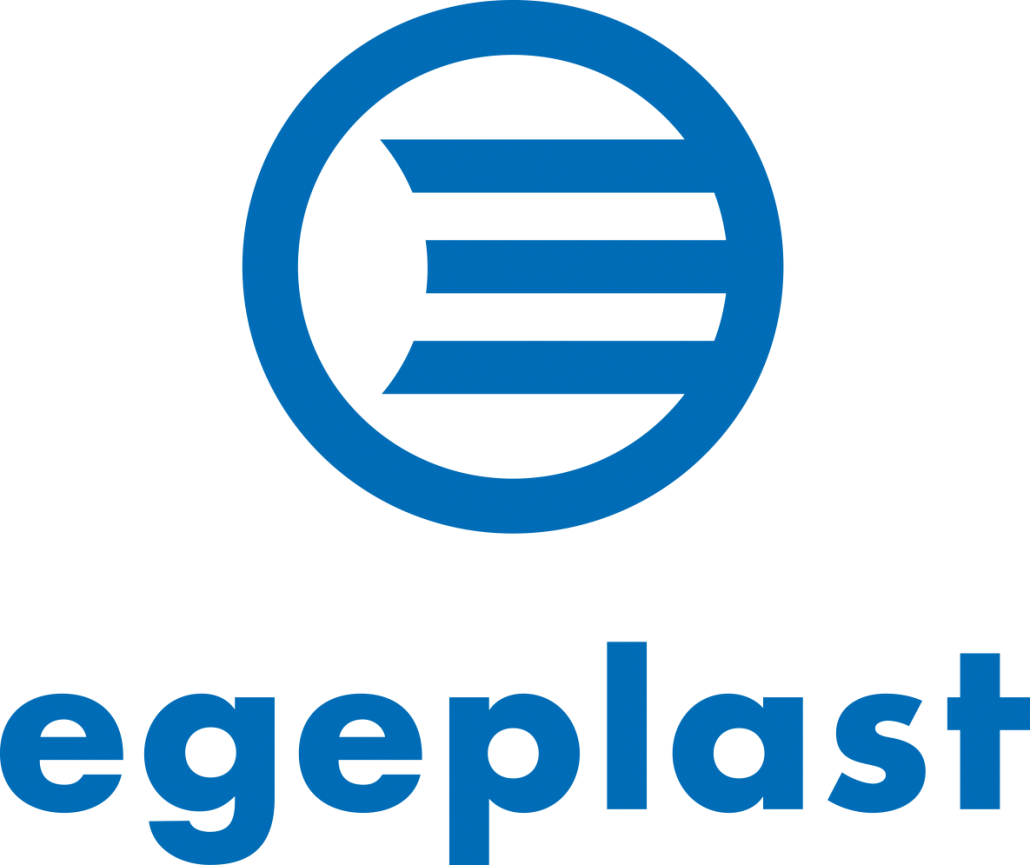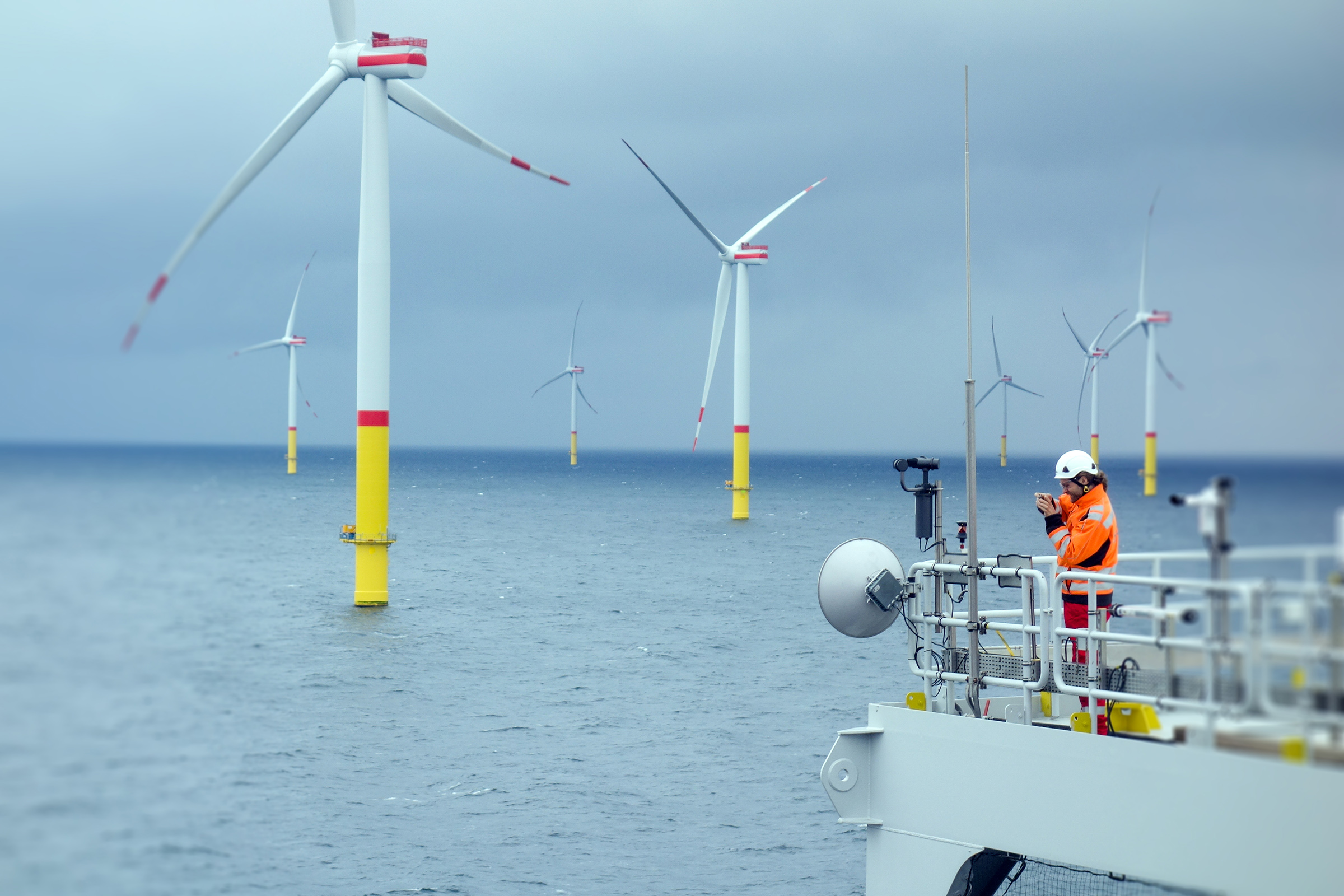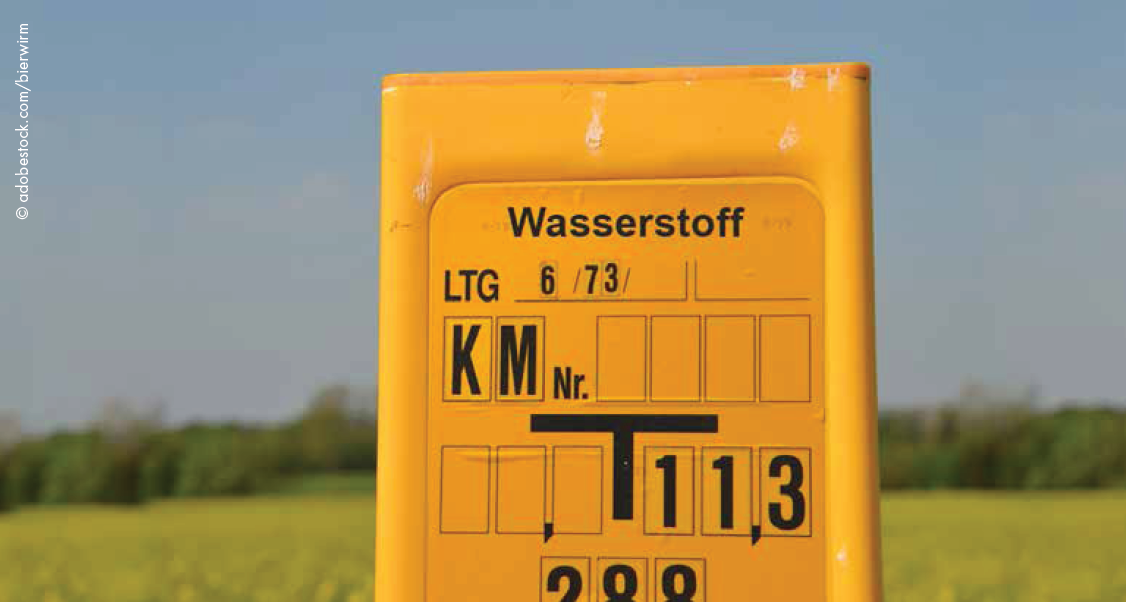Hydrogen as an energy source and saving grace
What features must tomorrow’s gas networks have to carry 100 percent hydrogen? Egeplast as a specialist for innovative plastic pipe systems is involved in some research projects and a sought after contact and partner for creating sustainable solutions.
To achieve the climate objectives, emissionfree hydrogen will play a major role. It can be generated from renewable energies, and it is climate neutral and suitable for energy recovery. For the German government, this issue has a strategic significance. In this context, technologies involving hydrogen as an energy source are entitled to receive state subsidies. The focus of these subsidies is predominantly on research projects with fieldtest laboratories under real-world conditions
which are designed to investigate any unanswered questions related to practical aspects involved in generating, handling, transporting, storing and using hydrogen. According to Peter Altmaier, the German Minister of Economy, Germany should strive to become the number 1 worldwide for hydrogen. More than anything else, the distribution of hydrogen is a frequently discussed subject. Can the existing gas networks be used for this purpose? The current set of rules allows for an
admixture of up to 10% – not exceeding this limit ensures that all components can function fully and securely.
As a next step, there will be an increase to 20%. Gas networks for the world of tomorrow, however, should also be
suitable for carrying 100% hydrogen. What are the properties that this kind of network will need to have? The current distribution network in Germany measures almost 300,000 kms, with almost 80% consisting of plastic pipes made of PE 80 and PE 100. Against this background, egeplast as a specialist for plastic pipe systems has been a sought-after
partner for discussing and creating sustainable solutions recently. Although it has been shown that polyethylene is hydrogen-resistant, compared to methane molecules, the smaller hydrogen molecules are even more prone to being emitted through the pipe wall by way of permeation. Therefore, the focus of research projects that egeplast participates in
also rests on determining permeation [Schütz, König, Glandien, Weßing and Gollanek in gwf Gas + Energie 9/2017].
Project Avacon / DVGW
In cooperation with the DVGW [German Technical and Scientific Association on Gas and Water], the E.ON subsidiary, Avacon, is about to launch an unprecedented project in a gas distribution grid in Germany. In the course of this project natural gas will be mixed with 20% of hydrogen. Apart from determining the suitability of the preexisting installations which are part of the grid, it will be of great importance to test hydrogen compatibility of clients’ devices.
Project HYPOS
Another project focuses on what a future gas network will need to be like in order to convey 100% hydrogen securely to the end user. Which of the existing systems will need to be replaced or modified for this purpose? This is one of the aspects investigated by the HYPOS project. To answer these questions, Mitnetz Gas in Chemiepark Bitterfeld- Wolfen has commissioned an exemplary distribution grid [www.hypos-eastgermany.de].
Project Westküste 100
In the field-test laboratory, “Westküste 100”, regenerative energy generated from wind power is used to generate green hydrogen by means of electrolysis at the Heide refinery. It is subsequently transported on via a ramified hydrogen network connecting the refinery with the municipal utility companies and a cavern system as a trial run for storage and industrial use in real-life operations [www.westkueste100.de].
Innovative Plastic Pipe Solutions
Transitioning to hydrogen networks is a topic which is not only of interest in Germany. Towards the end of 2019, many natural gas grid operators from the Netherlands seeked advice from egeplast in Greven on the options provided by innovative plastic pipe solutions. Also, our exchanges with German and Czech grid operators have shown that there are similar questions around permissible hydrogen admixtures and 100% island grids, but that everybody agrees on the tremendous possibilities of the natural gas network for renewables.
Do you have questions about hydrogen in innovative plastic pipe systems?




